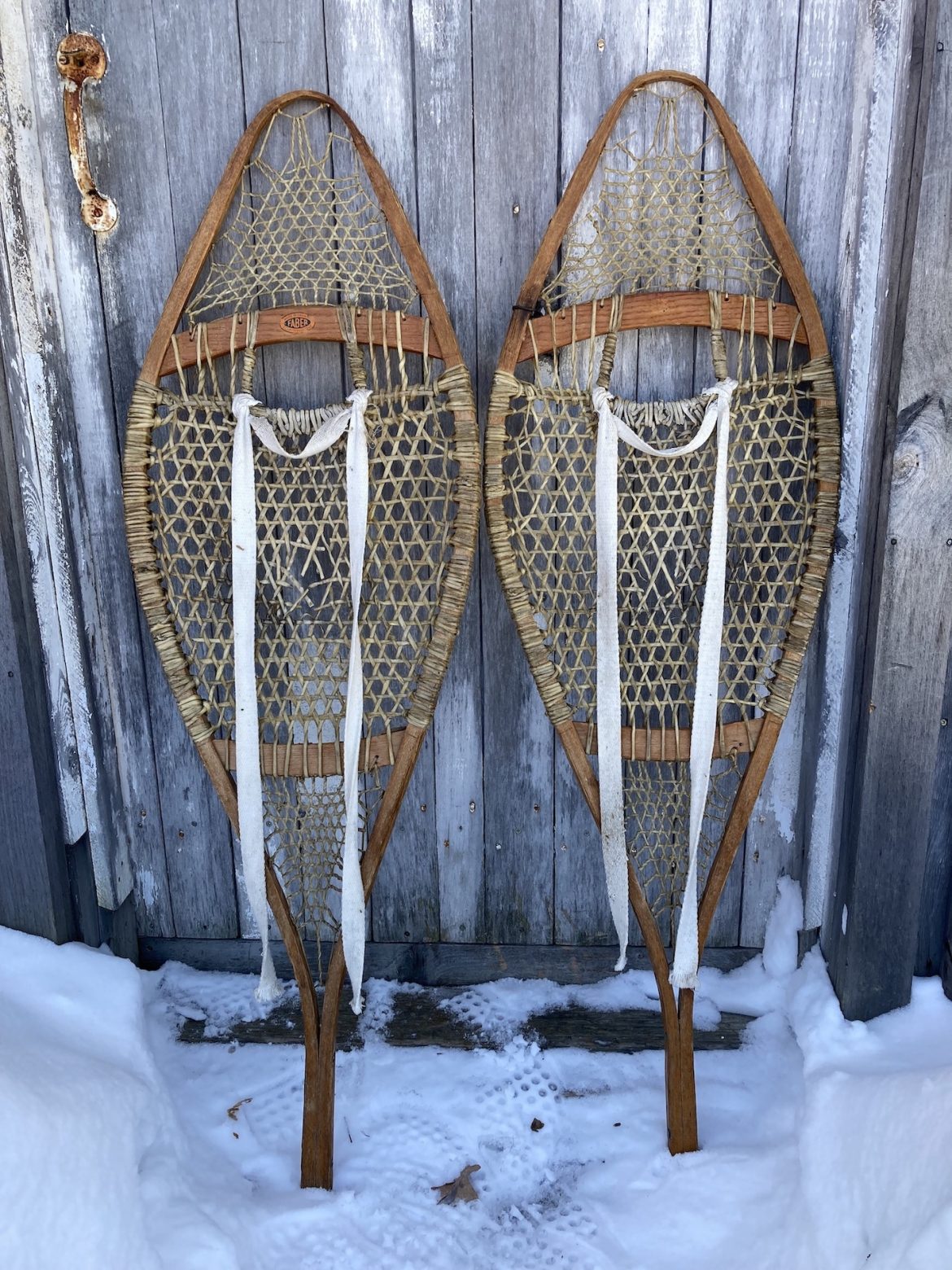The Crisis We Must Face
Canadians are now confronted with an existential crisis. We are faced not only with economic hardship but with fundamental threats to our sovereignty and as importantly, with profound moral challenges. How we will bear and endure harsh measures against us if they come to pass, and what are we willing to do to resist? And…
Read more

